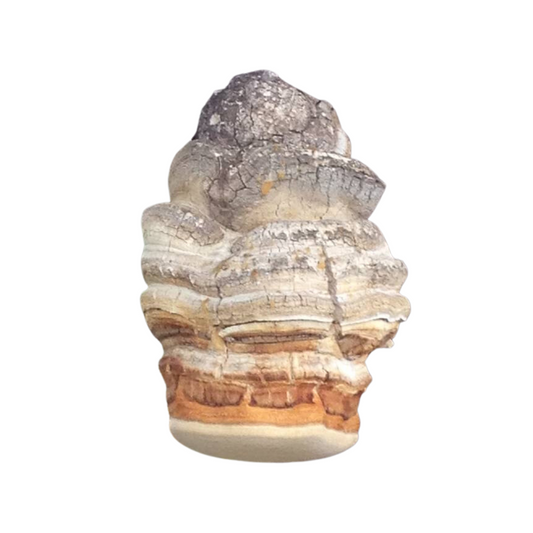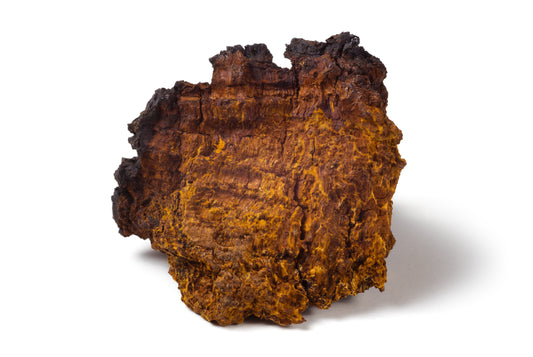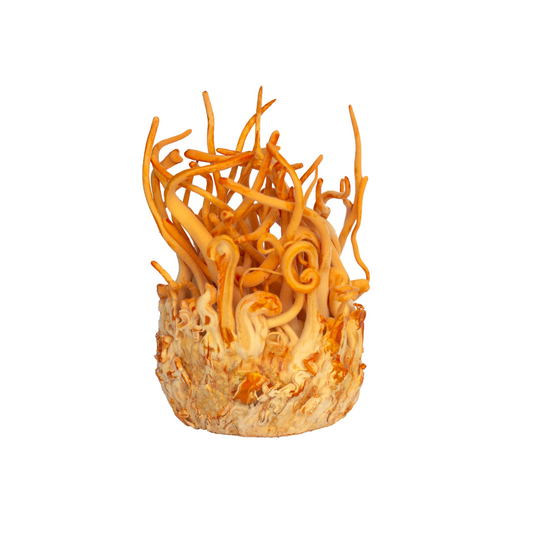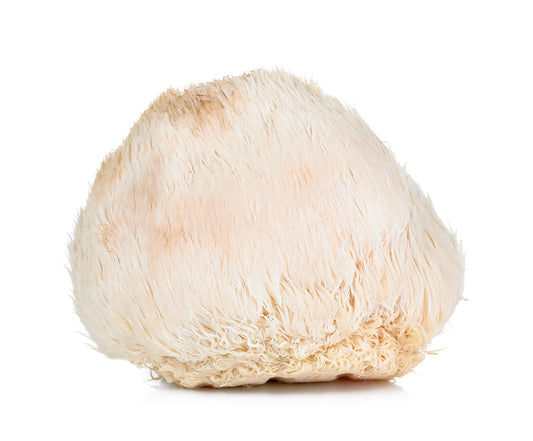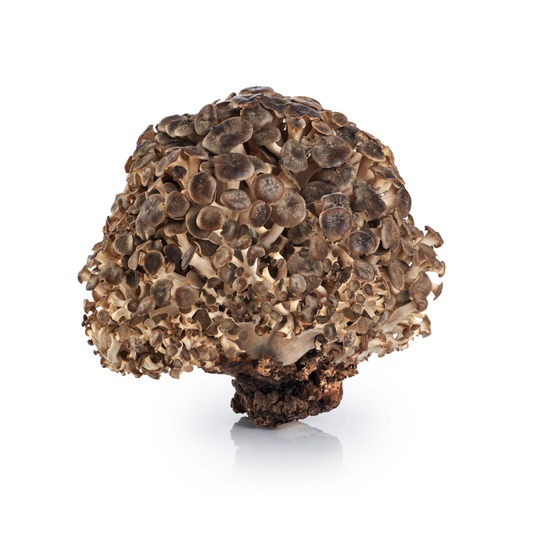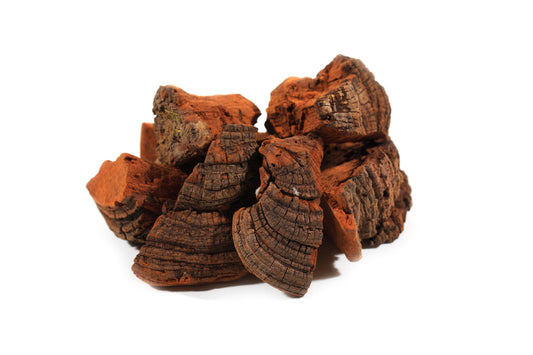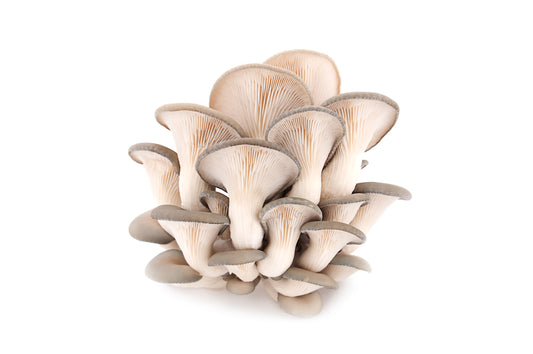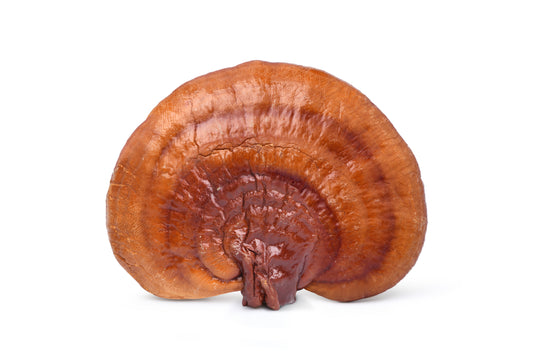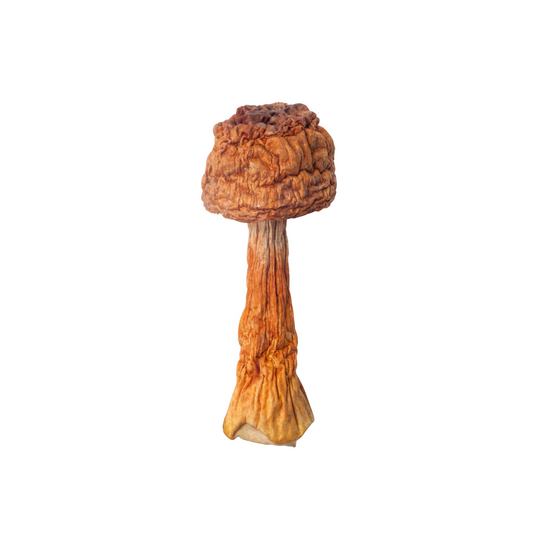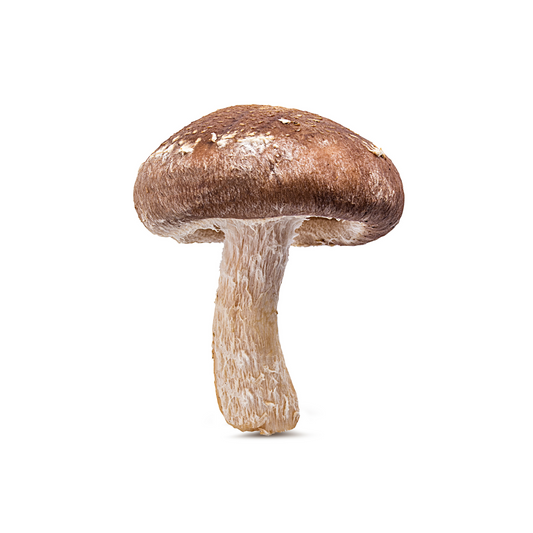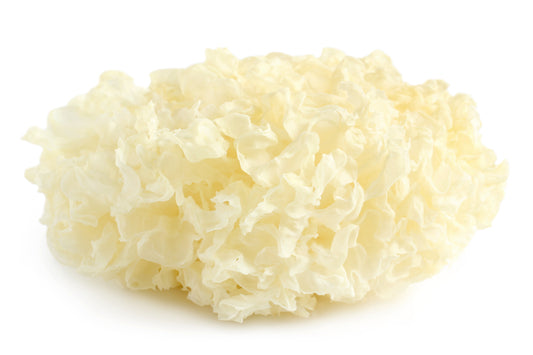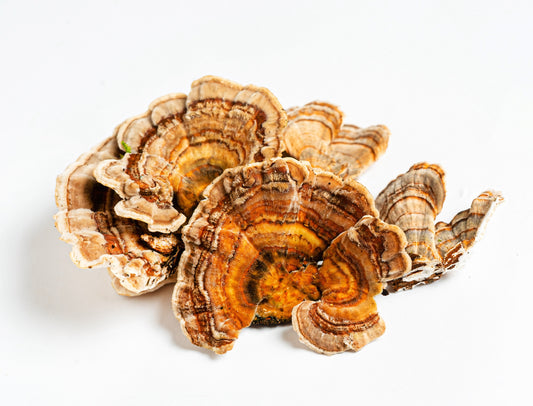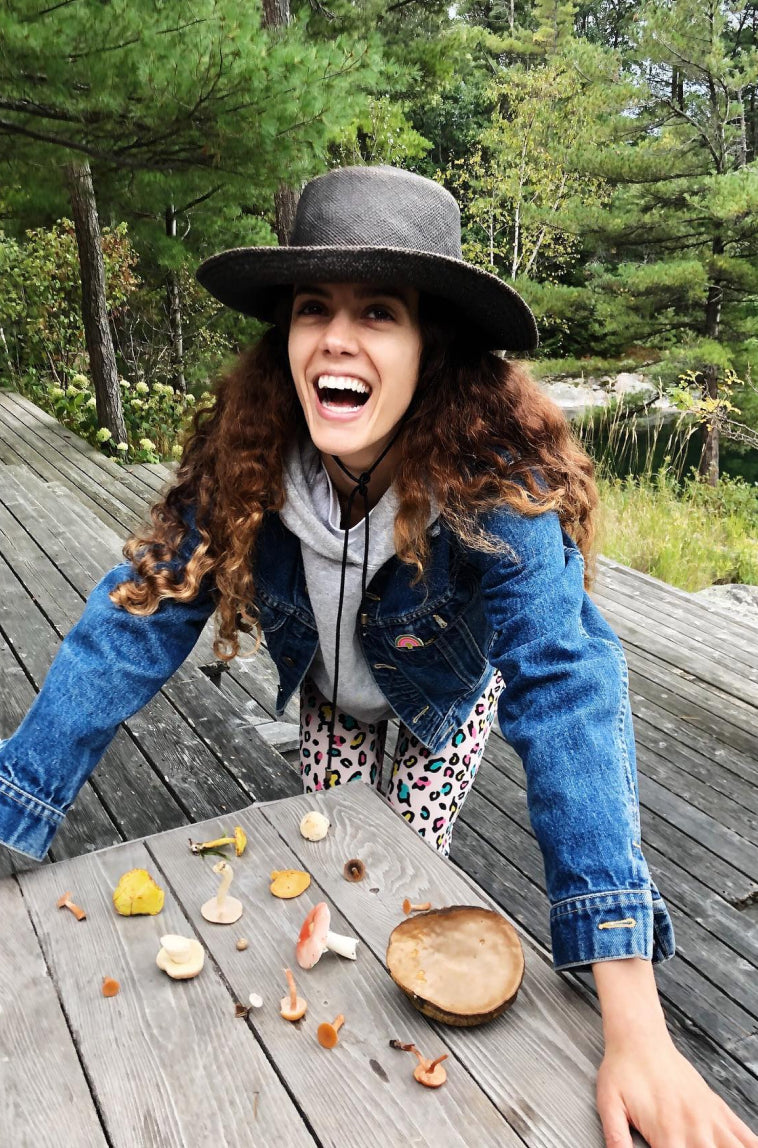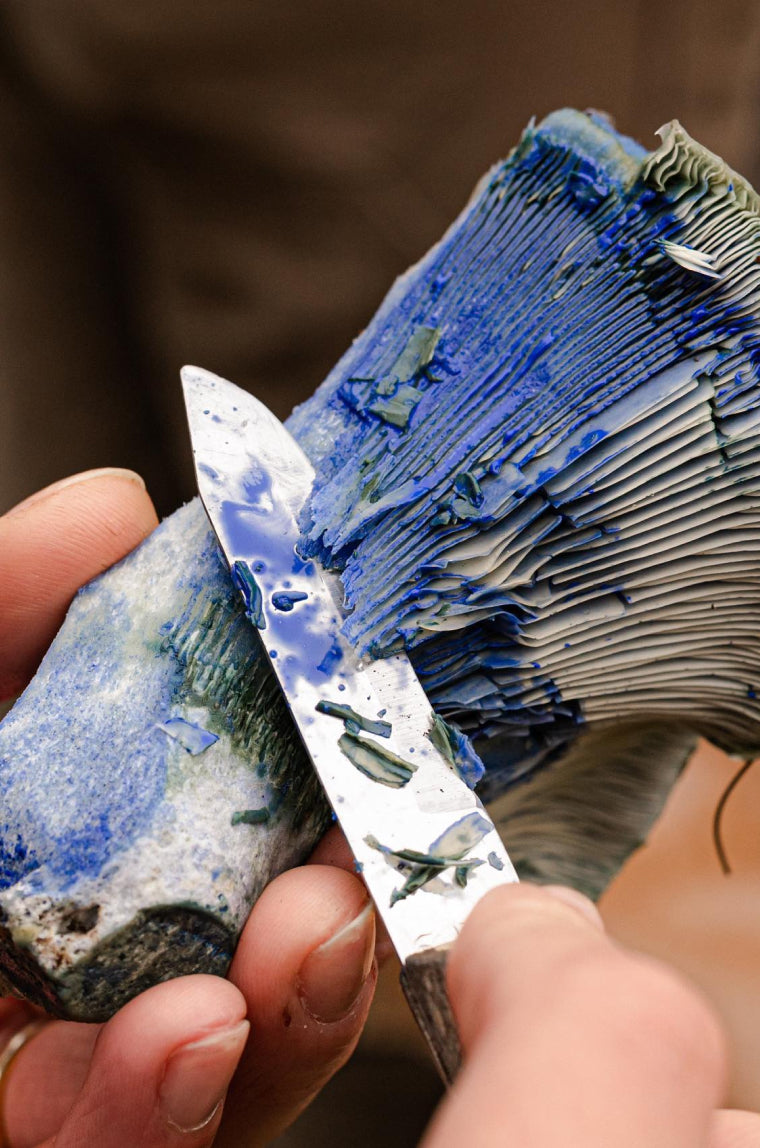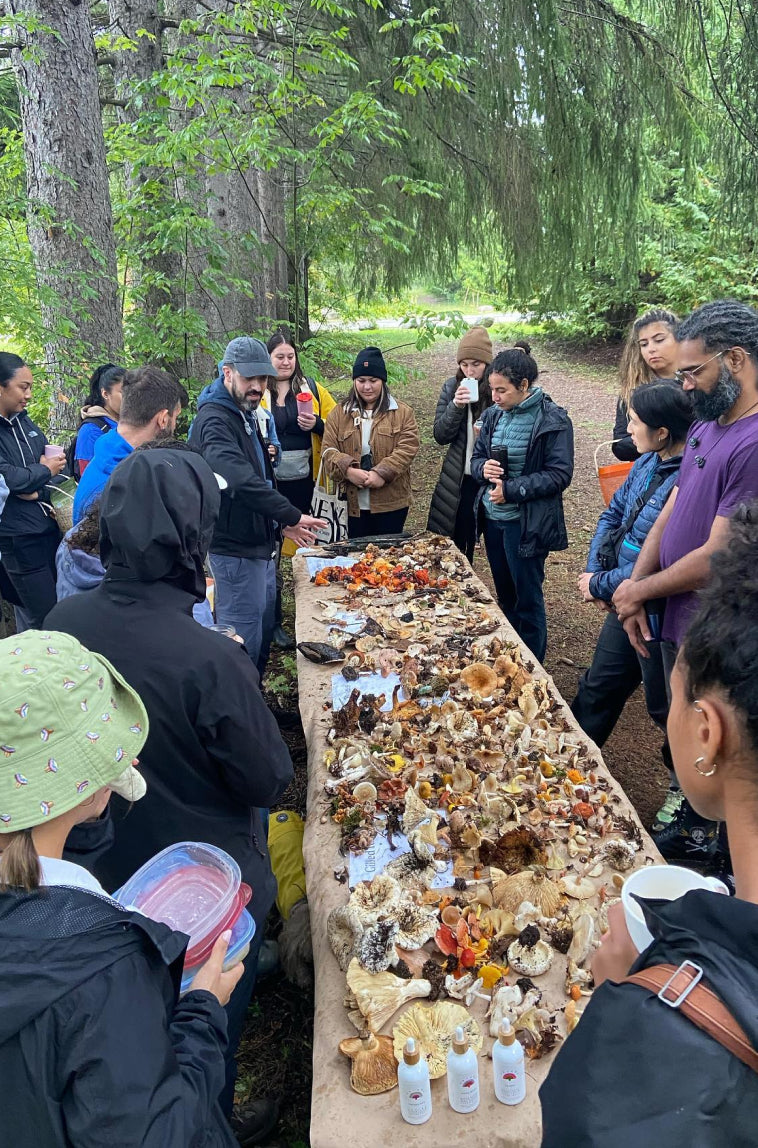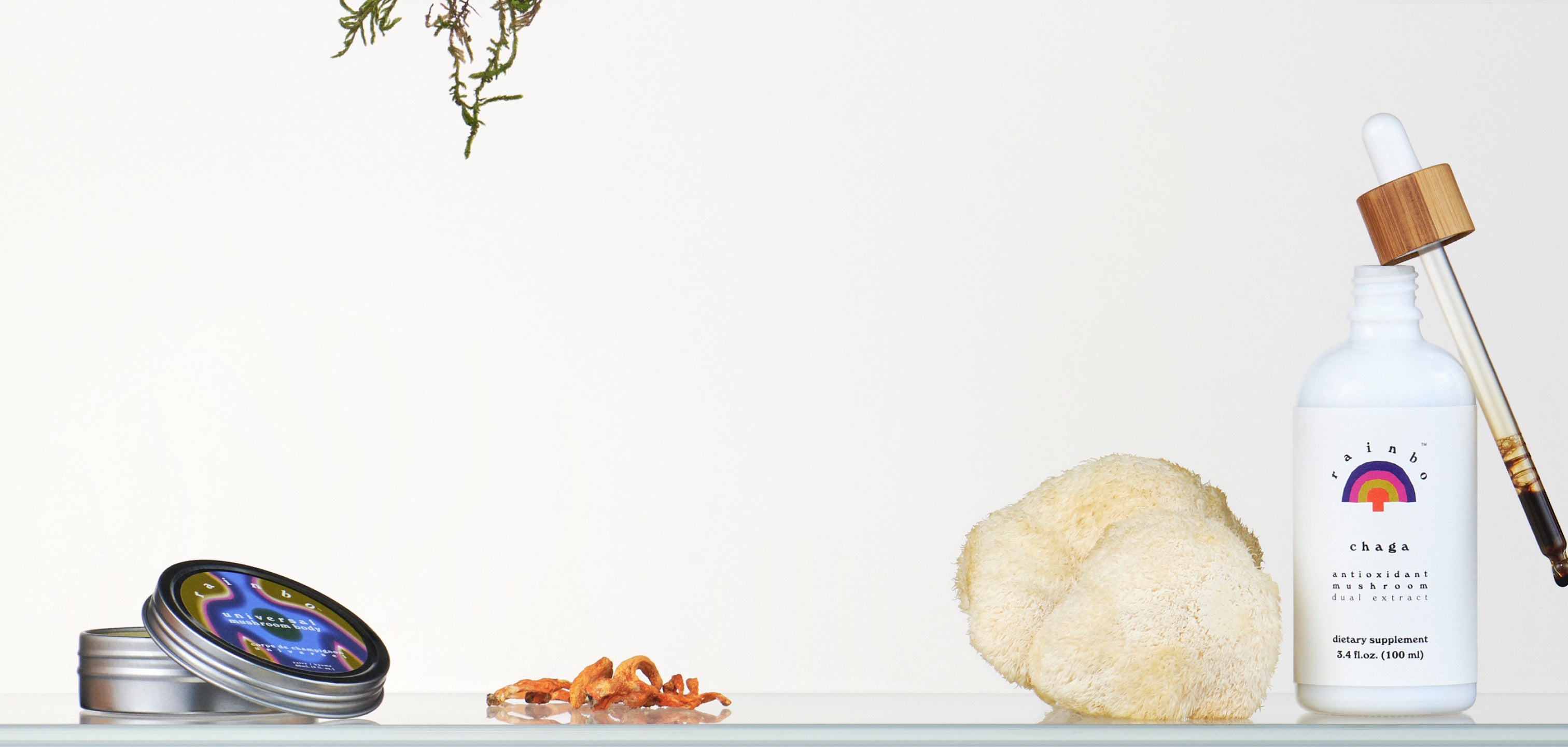
Our Mushrooms
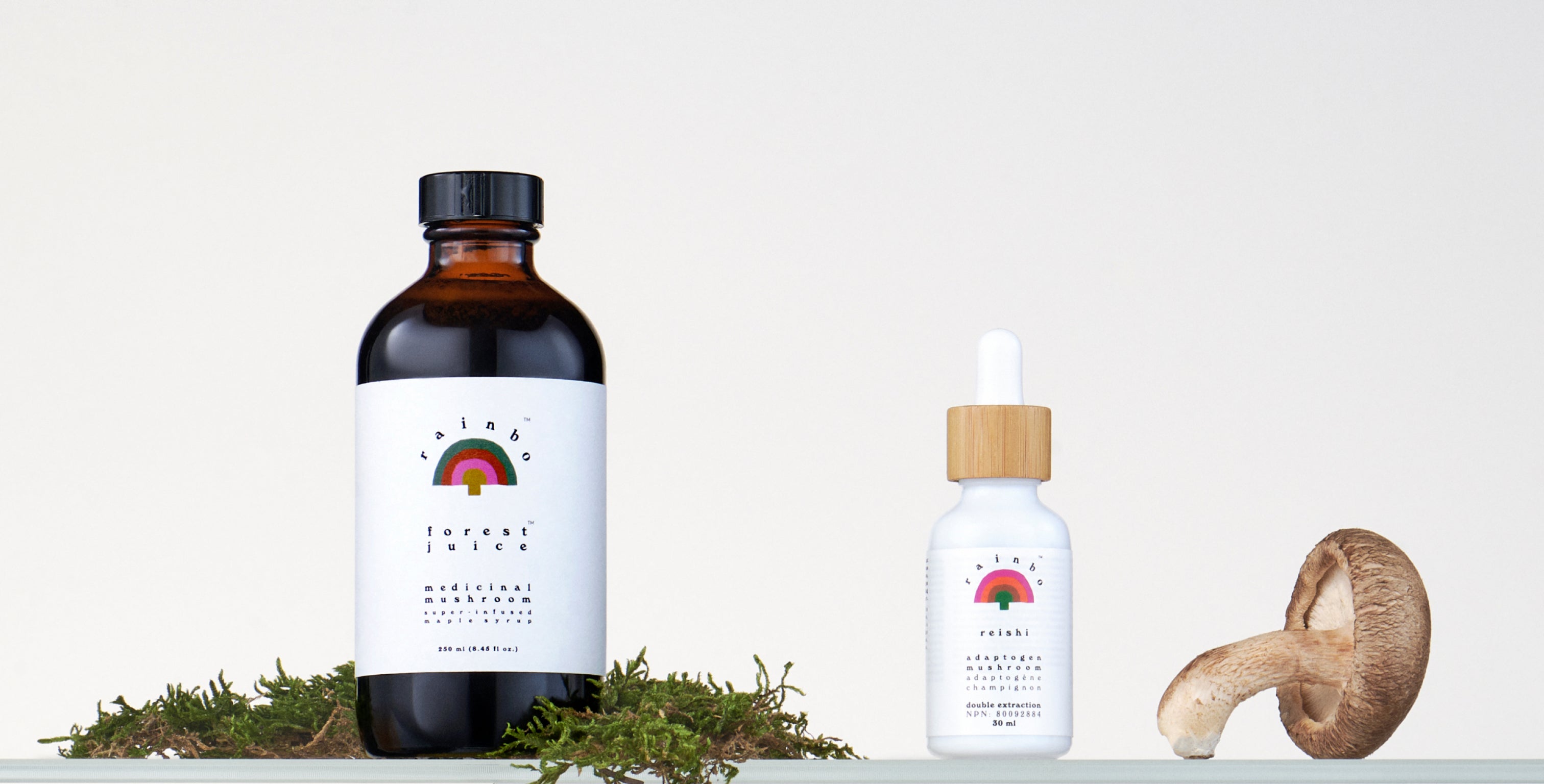
Phenomenal Fungi
Grown and sourced with insight, respect, and care, the quality of our fungi surpasses the standard so that you get the merits of mushrooms in every bottle.
Collapsible content
Canadian Grown
Rainbo offers the highest quality, trusted Canadian functional mushroom products. Supported by a long history of traditional use and modern scientific evidence, our functional mushrooms are adaptogenic powerhouses benefiting the body and mind.
Rainbo mushrooms are proudly cultivated in Canada—where our team is also based.
Fruiting Body Only
No grain. No fillers. No mycelium in our products.
To ensure quality and potency, we harvest our mushrooms at the fruiting body stage (aside from old growth Agarikon which would take decades to grow) when the mushrooms are mature and most concentrated with bioactive compounds.
We believe that creating our extracts from fruiting body mushrooms is the most efficacious, potent, and true to the traditional methods of mushroom extraction practiced by generations of healers and rooted in traditional wisdom.
Purity & Potency Tested
Our mushrooms are grown and manufactured in a quality-controlled, temperature-stable GMP, Health Canada, and FDA compliant facility. Every batch is tested twice for purity.
Bound by Nature
We aim to leave as little trace as possible throughout our production processes and support organizations whose work centers around the preservation of healthy soils, trees, and mycoremediation efforts. Our business operates as climate neutral.
Thoughtful Supplementary Ingredients
Our ingredients are simple and of the highest quality. In addition to our mushrooms, we thoughtfully source every ingredient that goes into Rainbo products:
- Water - we use fresh spring water in our formulations
- Alcohol - organic, pharmaceutical grade and meets USP standards
- Glycerin - organic, vegan, pharmaceutical-grade vegetable glycerin sustainably produced from flax seeds. Meets USP standards
- Dark Grade Canadian Maple Syrup sourced from Quebec Forests
1% Donated for Every Product
Investing back into our planet means sustaining mycelial networks everywhere. We donate 1% of each product to our impact partners through Beam.
Where We Grow
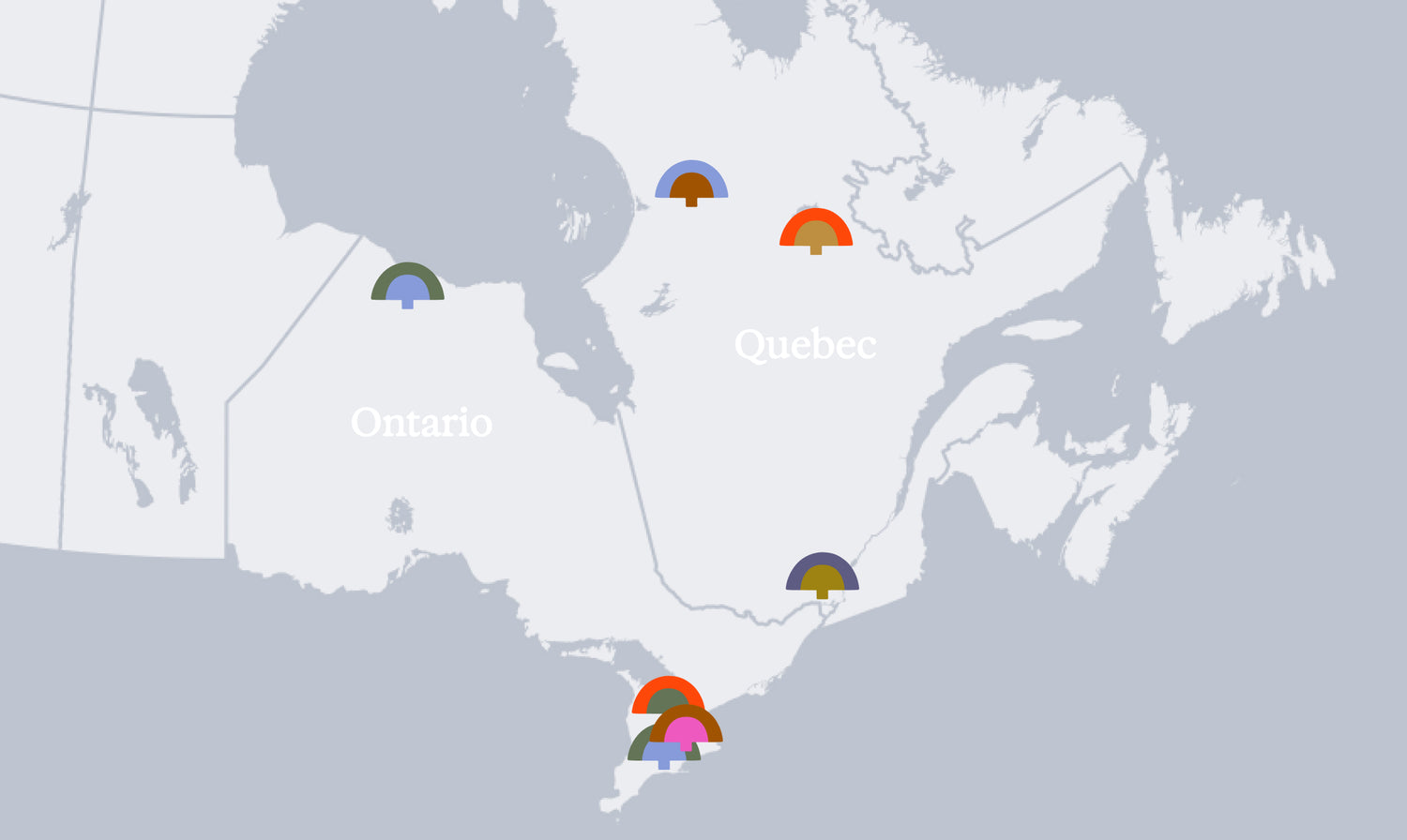
Our mushrooms and the spring water in our dual extracts proudly comes from our home in Canada.
We cultivate our mushrooms and wild craft Chaga and Turkey Tail from forests in Ontario and Quebec.
Mushroom Glossary
Terms & Definitions
Adaptive Immune Response
Adaptogens
Beta-glucan
Chaga
Cordyceps
Dual-extract
Foray
Fruiting Body
Functional Mushroom
Immunomodulator
Lion's Mane
Medicinal Mushroom
Mycelium
Mycology
Mycorrhiza
Polysaccharide
Reishi
Symbiotic
Synergy
Tincture
Turkey Tail
Learn & Connect
Join us on one of our foraging adventures and learn the fundamentals of fungi.
Keep an eye on our Instagram for the schedule and we'll see you in the forest!
